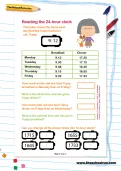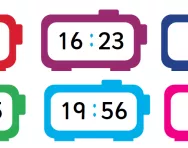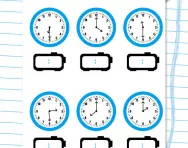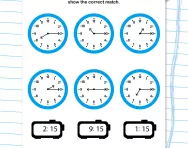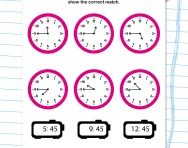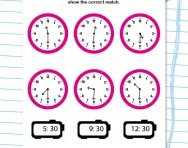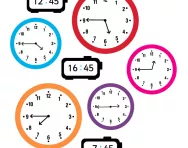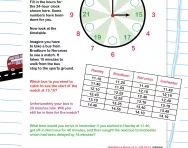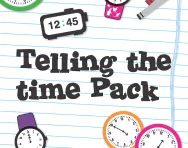Important update from TheSchoolRun
For the past 13 years, TheSchoolRun has been run by a small team of mums working from home, dedicated to providing quality educational resources to primary school parents. Unfortunately, rising supplier costs and falling revenue have made it impossible for us to continue operating, and we’ve had to make the difficult decision to close. The good news: We’ve arranged for another educational provider to take over many of our resources. These will be hosted on a new portal, where the content will be updated and expanded to support your child’s learning.
What this means for subscribers:
- Your subscription is still active, and for now, you can keep using the website as normal — just log in with your usual details to access all our articles and resources*.
- In a few months, all resources will move to the new portal. You’ll continue to have access there until your subscription ends. We’ll send you full details nearer the time.
- As a thank you for your support, we’ll also be sending you 16 primary school eBooks (worth £108.84) to download and keep.
A few changes to be aware of:
- The Learning Journey weekly email has ended, but your child’s plan will still be updated on your dashboard each Monday. Just log in to see the recommended worksheets.
- The 11+ weekly emails have now ended. We sent you all the remaining emails in the series at the end of March — please check your inbox (and spam folder) if you haven’t seen them. You can also follow the full programme here: 11+ Learning Journey.
If you have any questions, please contact us at [email protected]. Thank you for being part of our journey it’s been a privilege to support your family’s learning.
*If you need to reset your password, it will still work as usual. Please check your spam folder if the reset email doesn’t appear in your inbox.
Reading the 24-hour clock
What is the 24-hour clock?
The 24-hour clock is a way of telling time that uses the numbers 0 to 23 to represent the hours of the day. It's also known as military time or the international time system. Instead of dividing the day into two sets of 12 hours (from 1 to 12, and then repeating from 1 to 12 again), the 24-hour clock continues counting from 13 to 23 for the afternoon and evening hours, and then starts over at midnight with 0 (midnight) and goes up to 11 for the morning hours.
How do you teach your child to tell the time using the 24-hour clock?
Here are some steps you can follow to help your child learn how to tell the time:
Introduce the concept
Start by explaining the concept of the 24-hour clock to your child. You can use visual aids such as a clock with both 12-hour and 24-hour markings to show the difference.
Use daily examples
Point out examples in your daily routine where the 24-hour clock is used. For instance, when discussing schedules or setting alarms, refer to both 12-hour and 24-hour times.
Learn hours
Begin with teaching your child the hours of the day using the 24-hour clock. Start with the morning hours (1:00 to 12:00) and gradually introduce the afternoon and evening hours (13:00 to 23:00).
Practise with activities
Use interactive activities such as games, worksheets, or online quizzes to practice reading and writing times in the 24-hour format. You can create scenarios where your child has to convert between the 12-hour and 24-hour clock.
How will this worksheet help your child learn to tell the time using the 24-hour clock?
This worksheet was created by a teacher, with the purpose of reinforcing your child's learning and building their confidence in their ability to tell the time using the 24-hour clock. They must look at the various times that a cat is being fed by its owner, and then answer the questions using their 24-hour knowledge.
For more support with telling the time, check out our hub page, or try a new challenge such as our Time intervals worksheet.
